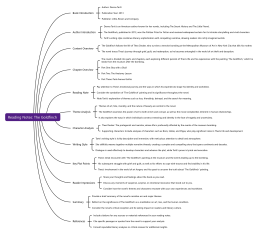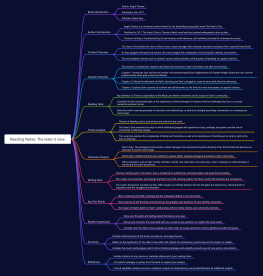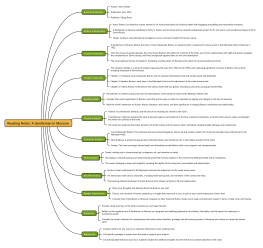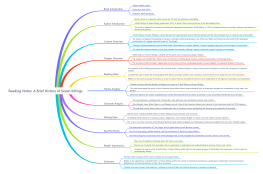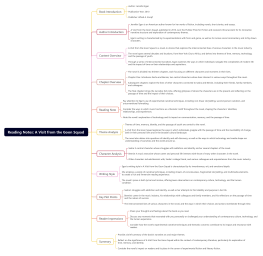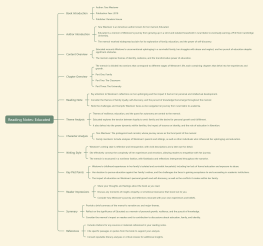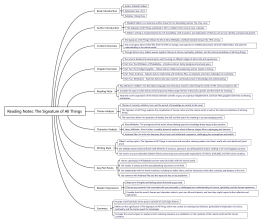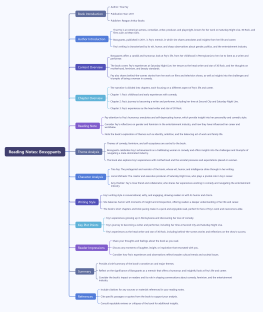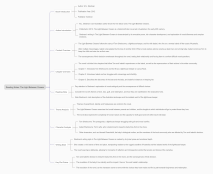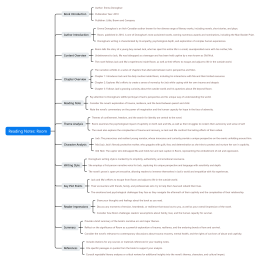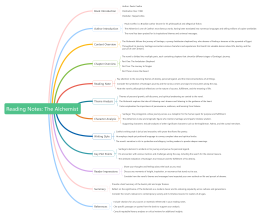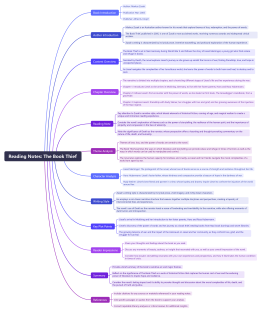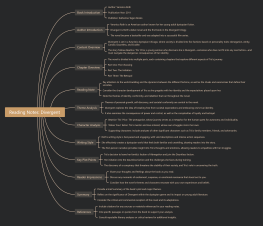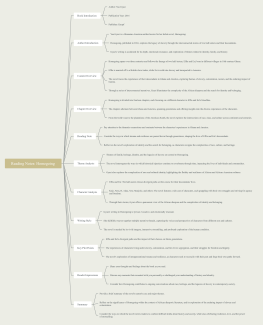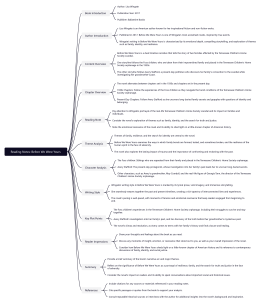All the Light We Cannot See-Anthony Doerr: Book Summary
2024-07-19 15:46:18 0 Report
Login to view full content
Other creations by the author
Outline/Content
Book Introduction
Author: Anthony Doerr
Publication Year: 2014
Publisher: Scribner
Author Introduction
Anthony Doerr is an American author known for his works of fiction and non-fiction.
All the Light We Cannot See, published in 2014, is one of his most acclaimed novels, winning the Pulitzer Prize for Fiction and other prestigious awards.
Doerr's writing is characterized by lyrical prose, intricate storytelling, and richly drawn characters.
Content Overview
All the Light We Cannot See is a historical novel set during World War II, primarily in France and Germany.
The novel follows the parallel narratives of a blind French girl named Marie-Laure LeBlanc and a German orphan boy named Werner Pfennig, whose lives intersect amidst the chaos of war.
Chapter Overview
The novel is divided into parts and chapters, alternating between Marie-Laure's and Werner's perspectives.
Part One: Saint-Malo
Part Two: June 1940
Part Three: The Girl
Reading Note
Pay attention to the lyrical descriptions and sensory details that Doerr uses to evoke the experiences of his characters.
Consider the novel's exploration of themes such as resilience, morality, and the interconnectedness of humanity.
Note the role of symbolism, particularly the motif of light and darkness, throughout the narrative.
Theme Analysis
Themes of survival, courage, and compassion are central to the novel.
All the Light We Cannot See explores the ways in which individuals navigate the moral complexities of war and adversity.
It also examines the transformative power of human connection and the enduring impact of kindness in times of turmoil.
Character Analysis
Marie-Laure LeBlanc: The young protagonist, who learns to navigate the world through her other senses after losing her sight.
Werner Pfennig: A talented German orphan with a gift for engineering, whose path converges with Marie-Laure's amidst the devastation of war.
Supporting characters: Include analyses of other key characters such as Marie-Laure's father, Werner's sister, and the enigmatic Sergeant Major Reinhold von Rumpel.
Writing Style
Doerr's writing style is lush and atmospheric, with vivid imagery and evocative language that transport readers to wartime Europe.
He skillfully weaves together multiple narrative threads, creating a tapestry of interconnected stories that converge in surprising ways.
The novel is structured in short chapters, each offering glimpses into the lives of its characters and gradually building towards a powerful climax.
Key Plot Points
Marie-Laure's journey from a sheltered life in Paris to the besieged city of Saint-Malo, where she plays a crucial role in the resistance against Nazi occupation.
Werner's experiences as a soldier in the German army, grappling with questions of morality and loyalty as he confronts the horrors of war.
The convergence of Marie-Laure's and Werner's paths, leading to a climactic confrontation amidst the ruins of Saint-Malo.
Reader Impressions
Share your thoughts and feelings about the book as you read.
Discuss any moments of beauty, tragedy, or revelation that resonated with you.
Consider how the novel's characters and themes continue to linger in your thoughts long after finishing the book.
Summary
Provide a brief summary of the novel's narrative arc and major themes.
Reflect on the significance of All the Light We Cannot See as a meditation on the human spirit and the enduring power of hope in the face of darkness.
Consider the novel's critical reception and its lasting impact on readers and literary culture.
References
Include citations for any sources or materials referenced in your reading notes.
Cite specific passages or quotes from the novel to support your analysis.
Consult reputable reviews or critiques of the novel for additional insights.

0 Comments
Next page
Recommended for you
More

